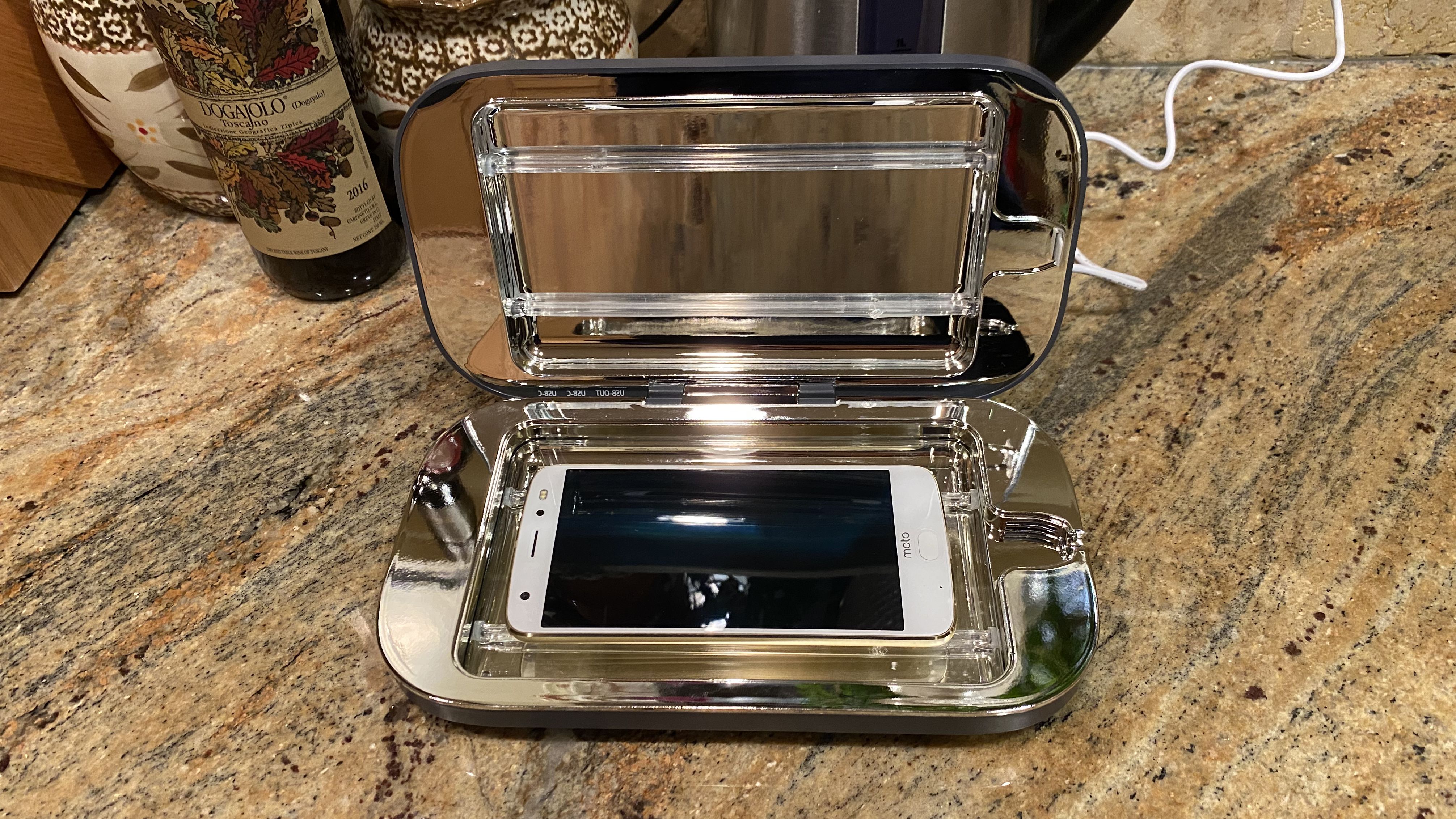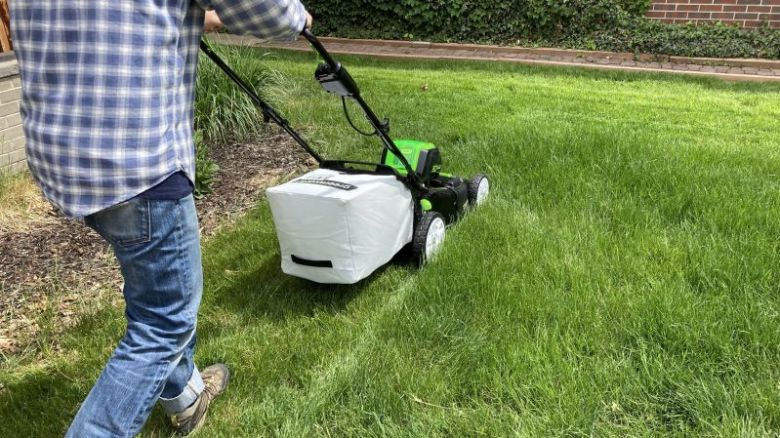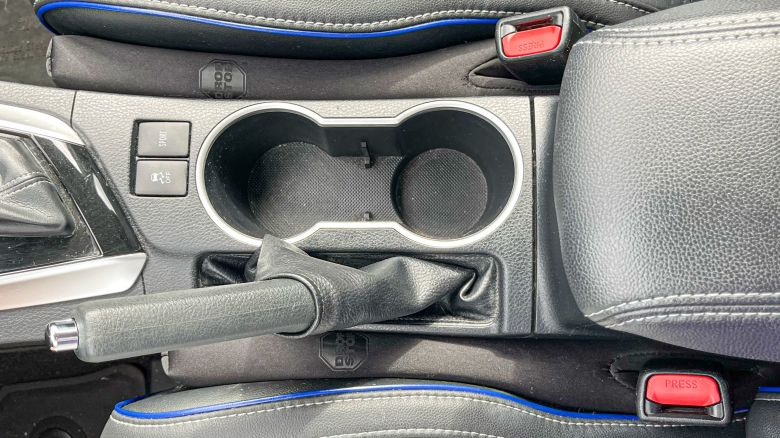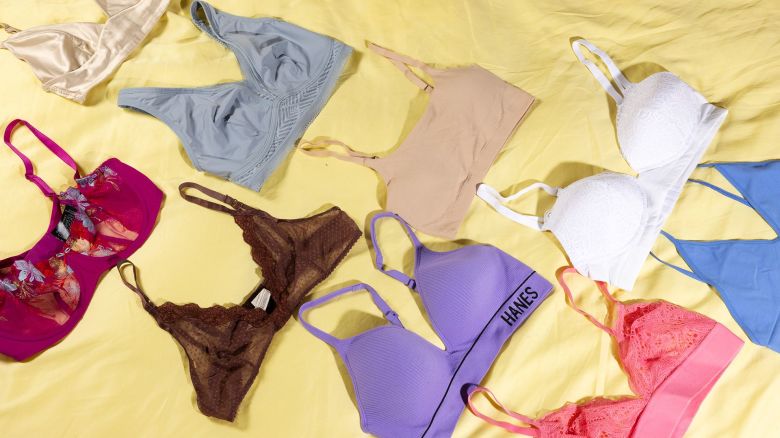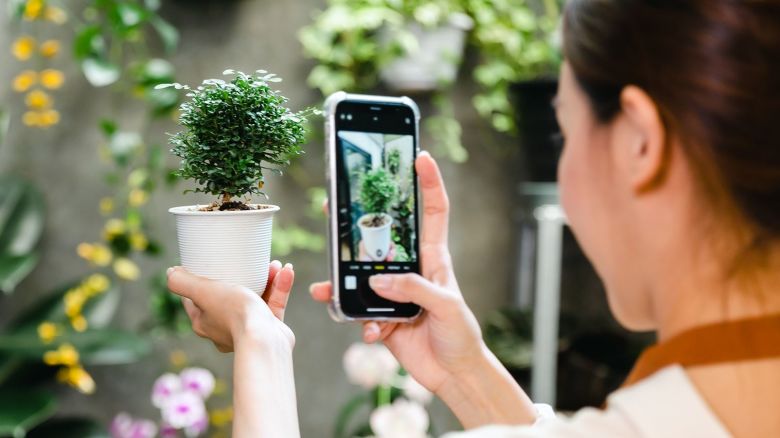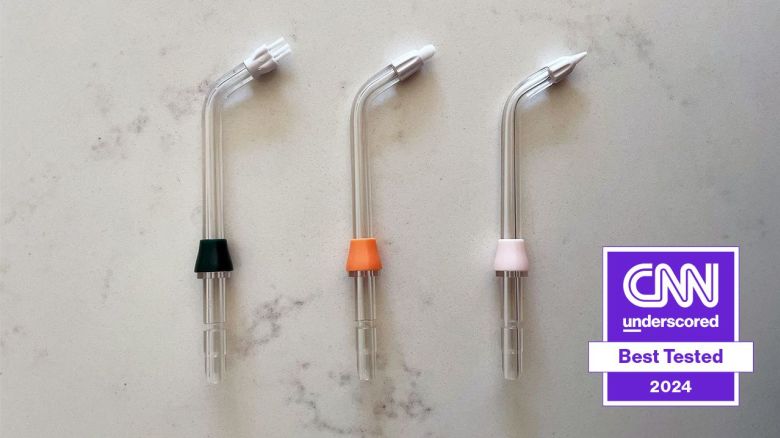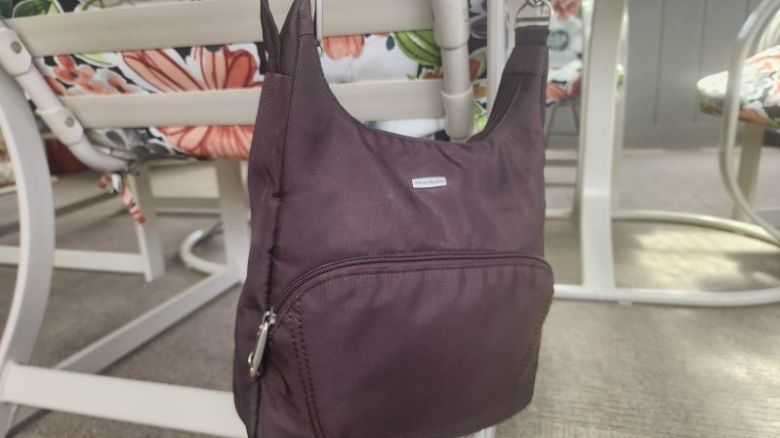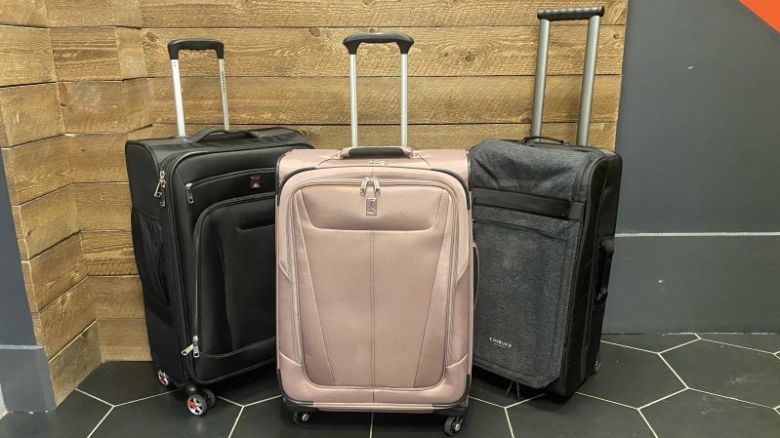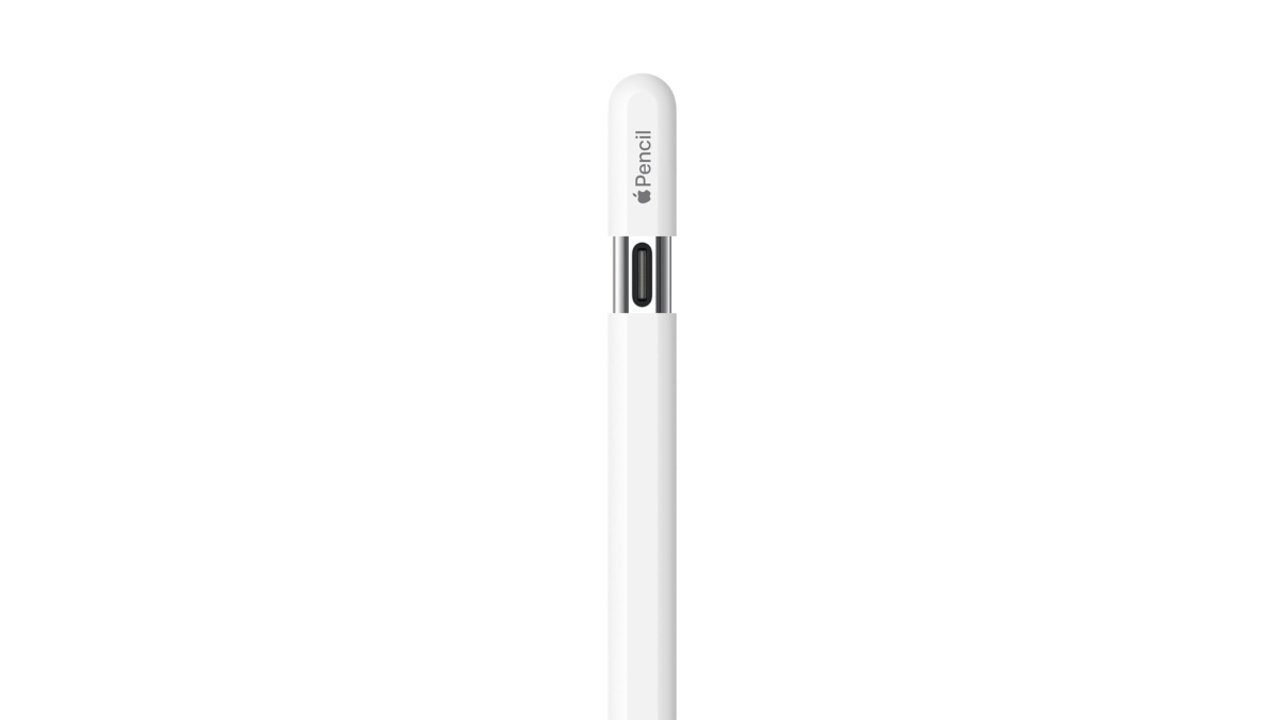Editors Note: As we note below, it’s still unknown whether or not UV Sanitizers and UV-C can kill Covid-19, and the FDA (Food and Drug Administration) recently released an advisory confirming this. They also note that direct contact with UV-C or looking into the light can cause injury. The UV Sanitizers below feature lids with a locking mechanism or the light is only activated when the cover is confirmed to be closed. You can see the full advisory from the FDA here and further analysis from CNN Business here.
It can be hard to properly disinfect phones and items like earbuds and keys. But with the PhoneSoap Pro, you can give them a thorough sanitization in just five minutes. The technology behind it: powerful UV-C lights.
The PhoneSoap Pro goes for $119.95 and is the ultimate tool for sanitizing your phone and other small objects. The sanitizing bay is larger than previous models, but cleans in half the time, thanks to twice as many UV-C bulbs. Plus, you can hear your phone while it’s inside, and even charge it while you sanitize it.
Keep in mind, though, PhoneSoap hasn’t been tested on the coronavirus (COVID-19). While Mia Lieberman, a clinical veterinarian at Harvard Medical School, found the PhoneSoap to be effective against bacteria, she noted that eliminating COVID-19 would likely require a much larger UV-C dose, based on the data scientists have on other coronaviruses such as SARS.
Design and features
The PhoneSoap Pro is by no means a small device, but it’s certainly not huge. Measuring in at about 9.6 inches wide, 5.4 inches deep and 2 inches thick, it’s about the size of a 700-page novel. The size allows it to accommodate even the largest phones and cases. Naturally, the shape of the device is rectangular, with curved out corners. The shell is made of plastic, with a glossy panel on top and sides that are more matte, which taper off slightly. The top panel has a lightning symbol in the center of it, which glows while the sanitation process is active. It also serves as a button you can tap to stop or start sanitation manually.

The PhoneSoap Pro that I’ve been using is a charcoal color, but it’s also available in white, blue, red, mint and lavender. The seam where you open it up is a highly reflective plastic, which continues into the inside. Within is the chamber where you put your mobile device or other small items. It’s here that you see the UV-C bulbs and the same reflective plastic coating. When you place your phone inside, it rests on glass that protects the bulbs. To one side is a gap through which a charging cable can run. On the back beside the hinge is a USB-A out port, a USB-C out port and a USB-C in port. The first two are for those charging cables we mentioned, while that last port is for plugging in the PhoneSoap itself.
When you flip your device over, you can see the Acoustic Passthrough feature. This is a fancy term to describe a series of small holes that let you hear your phone when it’s inside. You’ll also see the microsuction feet, containing many tiny air pockets, that will hold your PhoneSoap firmly on whatever hard surface you place it on. This makes it a lot easier to open the lid without having to hold the device, yet it leaves no sticky residue behind. To clean the feet, all you have to do is rub them with water and let them dry.
Is UV-C effective?
The PhoneSoap Pro is a pretty nifty device. But here’s the real question on everyone’s mind: Is it effective? Well, first it would be good to understand how dirty objects like mobile phones can be. On average, a mobile phone harbors 18 times more bacteria than a public restroom, according to PhoneSoap. This is due to the combination of sitting in our warm, dark pockets, being touched by our hands all the time, and perhaps the fact that people don’t often sanitize their mobile devices. That isn’t to say your immune system is doomed by your phone’s bacterial colonies, but many of the ones that live there are the same kinds that can make you sick.
UV-C light is a well-known method of killing bacteria and other pathogens. It’s able to destroy 99.99% of household germs like E. coli and the flu virus. Essentially, it attacks their DNA, rendering them unable to reproduce. It can even be effective against antibiotic-resistant strains of bacteria. (UV-C light can also harm our eyes, and even our skin over time. That’s why the bulbs are safely tucked inside during the PhoneSoap Pro’s sanitation process.) Niels Finsen won the Nobel Prize in Medicine at the turn of the 20th century for his use of UV-C light in fighting tuberculosis. It’s no wonder places like labs and hospitals have long been taking advantage of this property. There have been a few studies that looked into whether the PhoneSoap is effective, one of which was broadcast on the Discovery Channel.
So, in short, the evidence suggests that UV-C is a powerful weapon against germs.
Using the PhoneSoap Pro
The PhoneSoap Pro is very easy to use. Once it’s plugged in, all you have to do is place your item(s) of choice inside and close the lid. From there it will start sanitizing automatically, and the lightning symbol on the top will glow. When that light goes out, that means it’s finished. You can tap that same symbol to start and stop sanitation manually, if you want to do it for more or less time.
When I tested it, it was a lot of fun to have around — everyone who saw it wanted to try it out and had plenty of questions about it. A few people were worried it would damage or overheat their items, and some were skeptical about whether it would work at all. I explained to them what I discussed above: UV-C light is safely used to sanitize all sorts of things, even water. And although the results aren’t visible, that doesn’t mean the ultraviolet light isn’t working its magic.
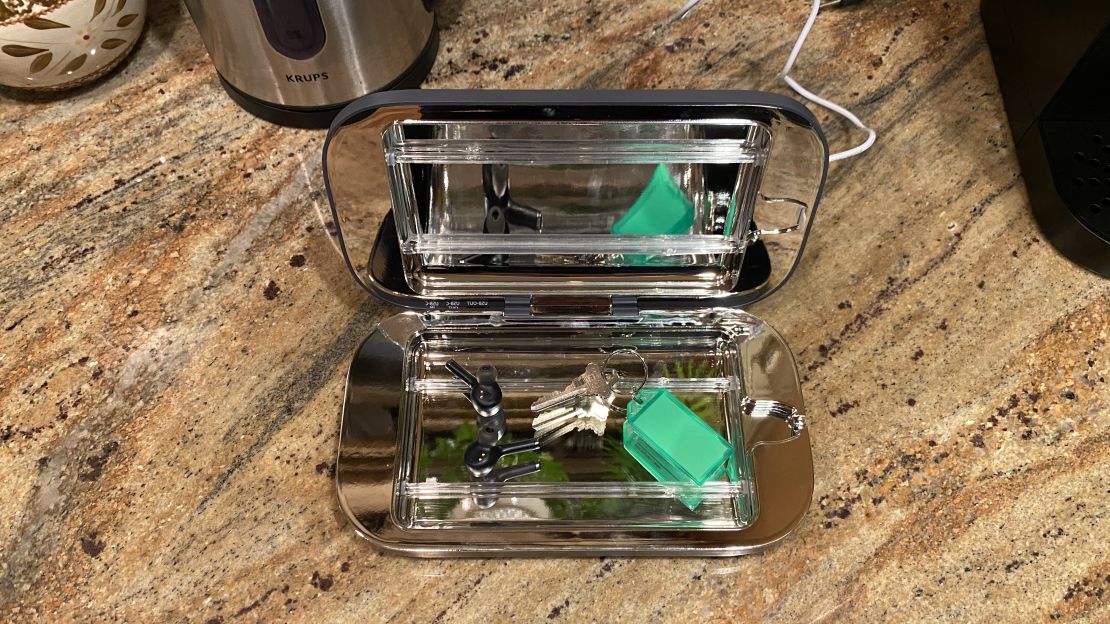
I think a lot of people will appreciate having a PhoneSoap Pro in their homes. I got a lot of use out of it in my testing, sanitizing my phone as well as items like my keys, earbuds, small remotes and all sorts of other things. And even though I’m not much of a germaphobe, there’s something reassuring about wiping off my phone with a microfiber cloth and then zapping it in the PhoneSoap to get that in-and-out clean. Though I can’t prove it, I have to imagine that sanitizing my phone on the regular would make me less prone to getting sick. It feels especially important in these winter months to give my immune system every advantage it can get. Further, I think this item would be of great benefit to people who often get sick, or those of us getting up in age who may not be able to fight off germs as effectively.
Part of what sold the PhoneSoap Pro for me was the extra features that make it so convenient. The acoustic outlets allowed me to hear my phone’s notifications, even when I wasn’t in the room. They were muffled a bit more than I expected them to be, but this barely made a difference. Of course, because the device only takes five minutes (an upgrade from the 10-minute duration of its predecessor), I didn’t miss much in terms of social activity. But if I really wanted to shorten my sanitation cycle, it was very easy to do so. I also appreciated the nano suction feet on the PhoneSoap Pro. This was not a feature I expected to be excited about, but whether I placed it on granite or wood, my PhoneSoap didn’t budge. And since the feet aren’t adhesive, they leave no residue behind. For Otterbox and PopSocket users, the sizable sanitizing bay allowed even very bulky phones and cases to fit right in.
Bottom line
With the PhoneSoap Pro, you can easily and effectively sanitize just about any mobile phone, not to mention any small object you can fit inside the sanitizing bay. Plus, you don’t have to miss any notifications thanks in part to the Acoustic Passthrough, and in part to the quick five-minute sanitation cycle.
You can pick up a PhoneSoap Pro for $119.95 if you’re committed to keeping germs off your phone and maybe staying a bit healthier this year.
Note: The prices above reflect the retailer’s listed price at the time of publication.
